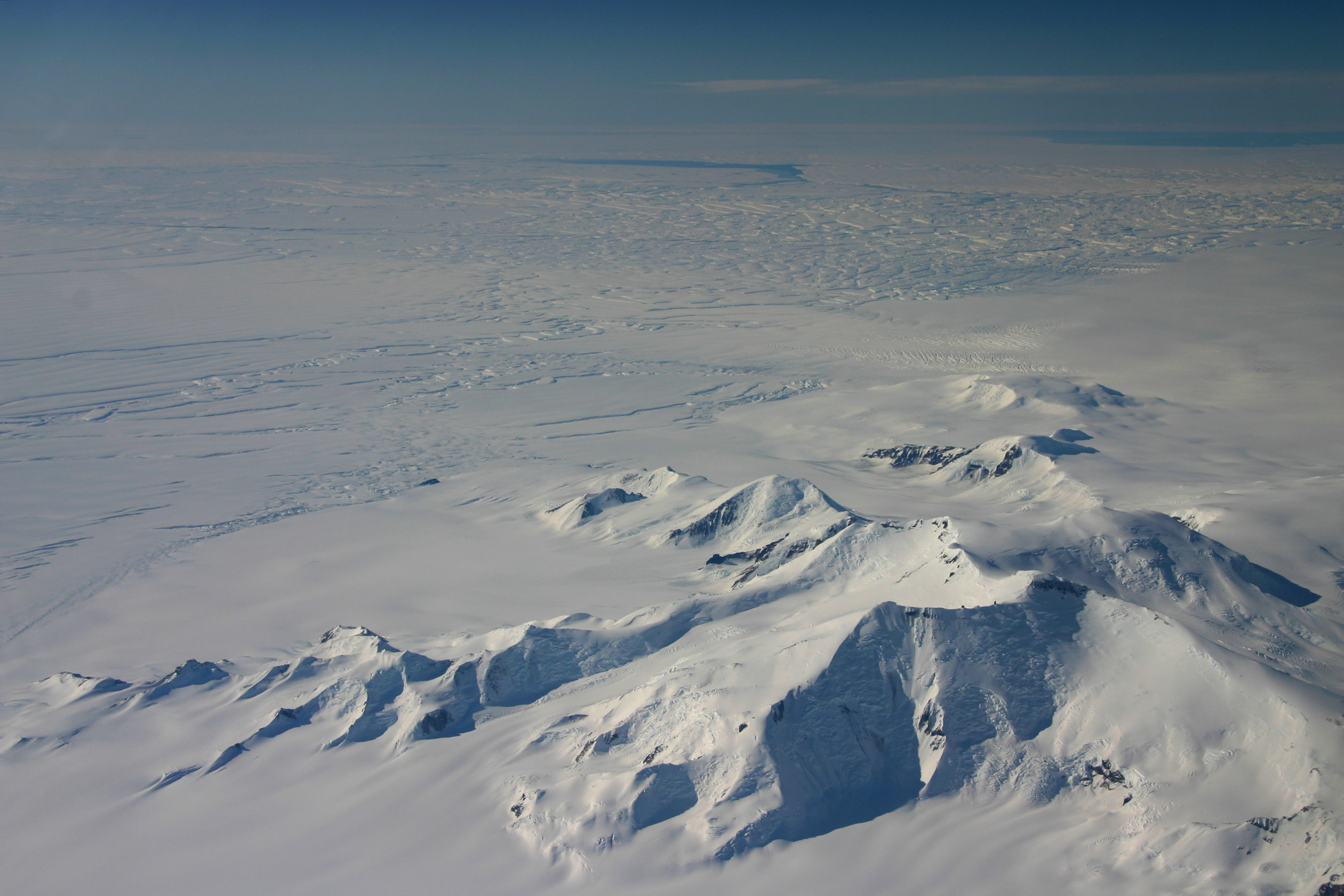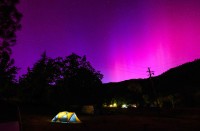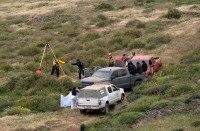
A large glacier in West Antarctica lost up to half a kilometre in thickness in seven years, thinning more quickly than scientists thought possible, according to a study released on October 25, 2016. The Smith Glacier, spilling into the Amundsen Sea, shed up to 70 metres (230 feet) per year between 2002 and 2009, according to the study, based on NASA data collected during aerial flyovers./ AFP PHOTO /
SYDNEY, Australia (AFP)– The world’s largest marine reserve aimed at protecting the pristine wilderness of Antarctica will be created after agreement was finally reached Friday with Russia dropping its long-held opposition.
The deal, sealed by the Conservation of Antarctic Marine Living Resources (CCAMLR) at an annual meeting in Hobart after years of negotiations, will see a massive US and New Zealand-backed marine protected area established in the Ross Sea.
It will cover more than 1.55 million square kilometres (600,000 square miles), of which 1.12 million square kilometres will be a no fishing zone, New Zealand Foreign Minister Murray McCully announced.
“The proposal required some changes in order to gain the unanimous support of all 25 CCAMLR members and the final agreement balances marine protection, sustainable fishing and science interests,” he said.
“The boundaries of the MPA, however, remain unchanged.”
Moscow was the last government opposing the move, due to concerns over fishing rights, after China offered its support last year.
But time ran out to reach agreement on a second proposed protected area on the meeting’s agenda, the Australia and France-led East Antarctica sanctuary covering another one million square kilometre zone, sources told AFP.
Both reserve proposals have been on the table since 2012 with CCAMLR — a treaty tasked with overseeing conservation and sustainable exploitation of the Antarctic Ocean, also known as the Southern Ocean.
Consensus is needed from all 24 member countries and the European Union.
“For the first time, countries have put aside their differences to protect a large area of the Southern Ocean and international waters,” said Mike Walker, project director of the Antarctic Ocean Alliance.
The Ross Sea is one of the last intact marine ecosystems in the world, home to penguins, seals, Antarctic toothfish, and whales.
It is seen as critical for scientists to study how marine ecosystems function and to understand the impacts of climate change on the ocean.
© 1994-2016 Agence France-Presse







